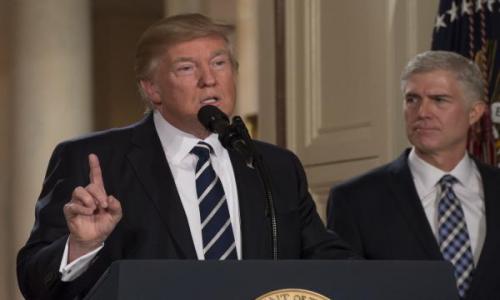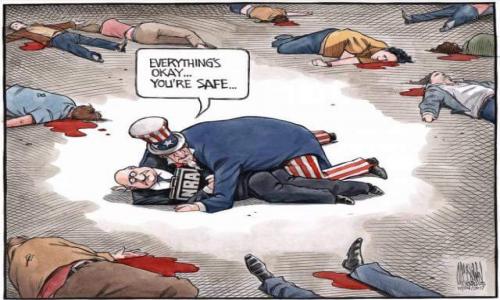The European debt crisis has flared anew as Spain, the 4th largest economy in the eurozone, has seen the costs associated with the issuance of its sovereign debt spiral out of control. The yields on Spain’s 2, 5 and 10 year bonds all hit euro era highs this week, reaching rates well over 7% for the latter two issues. These levels are clearly unsustainable and have prompted European leaders to once again scramble to produce a stop gap measure. A 100 billion euro loan has already been approved but more money is expected to be needed as Spain faces the grim prospect of a full sovereign bailout. The move over 7% on their 5 and 10 year bonds is reminiscent of similar yield jumps that occurred in other countries just prior to their requiring a bailout, including Greece in April 2010, Ireland in October 2010 and Portugal in February 2011.[1]
The continuance of Spain’s fiscal problems is only the latest in a series of events which illustrate that the combination of bailouts and austerity measures that comprise the efforts of European politicians and the “troika” of the European Union (EU), European Central Bank (ECB) and the International Monetary Fund (IMF) remain ineffectual. The eurozone’s latest unemployment level is 11%; Spain’s is even worse, hovering at a catastrophic 24%.[2]
As problematic as all of this is, an even greater issue looms: the potential cost of a Spanish bailout exceeds what’s available in existing emergency funds. The eurozone’s bailout fund, the European Stability Mechanism (ESM), has lending power of only 500 billion euro. With the ESM not yet fully ratified by member countries and given the demonstrated unwillingness of Eurozone governments to place more money into the fund it remains unclear where the money will come from if such a bailout proves necessary. Additionally, countries that have in the past contributed to similar bailouts, are now struggling themselves. Italy has seen the yields on its sovereign debt rise sharply as well and it is not an unlikely possibility that they may require aid due to an inability to maintain their debt burden. Italy is the 3rd largest economy in the eurozone, and with a $2.2 trillion GDP, has an economy larger than that of Spain, Greece and Ireland combined. A bailout of Spain is worrisome; a bailout of Italy would be of a size previously not seen.[3]
The recent spike in sovereign bond yields has led to the head of the ECB, Mario Draghi, to issue a statement declaring that his institution stood ready to take whatever actions were deemed necessary to keep the eurozone intact. Draghi noted that the high cost of borrowing experienced by some countries falls within the ECB’s mandate for action, but as many analysts noted, no specifics were offered and nothing new of substance was presented. Despite the lack of specificity the bond markets calmed upon Draghi’s announcement with Spain’s sovereign bond yields for the 5 and 10 year dropping below 7% shortly thereafter. Equity markets rallied as well. Without a clearly outlined plan on the part of the ECB or possible further quantitative easing on the part of the United States Federal Reserve the longevity of these rallies remain dubious.[4]
Europe lacks the political will to implement the long term structural changes necessary to resolve their issues and instead continues to try to band aid over them. For as long as this remains reality, Europe will continue to teeter on the brink of insolvency and U.S. interest rates will continue to remain historically low. Indeed, if a third round of quantitative easing occurs, these interest rates could be driven down even further, a startling possibility given their current proximity to zero.













Comments
Sol
July 28, 2012
Situation favors borrowers, not savers. Rates on a 15 year fixed mortgage are close to or even below 3%. Rates on 10 year mortgages are well below 3%. Homeowners who can are refinancing in droves with such cheap money, which, as you point out, might get even cheaper.
Savers are in a real bind. Savings and CD rates continue to drop along with the yields on Treasury securities. The Fed wants money out of banks but bank deposits stand at record highs as individuals resist putting money into riskier assets. Who will blink first?
Is this review helpful? Yes:0 / No: 0
Add your Comment
use your Google account
or use your BestCashCow account